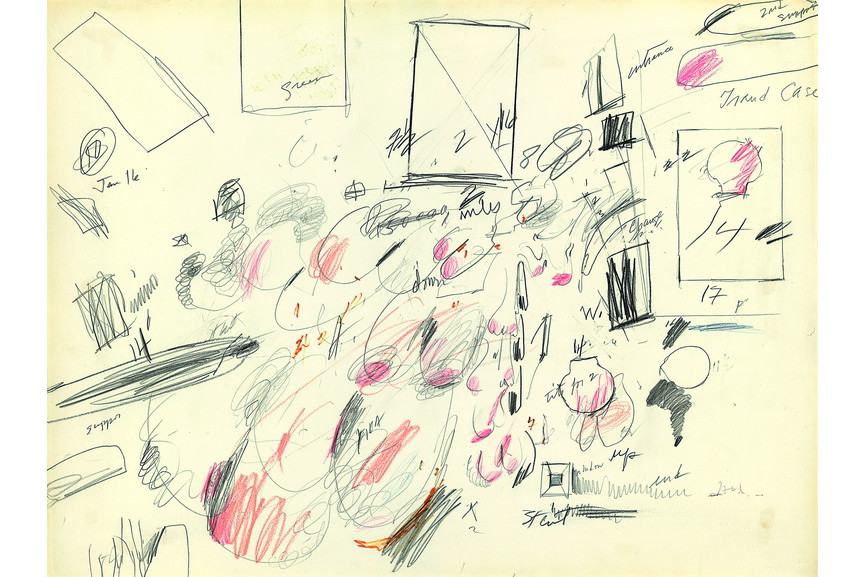[ad_1]
Ever since the dawn of time, humans had an accentuated urge to communicate in public space, and the the decision to express certain thoughts was best transferred through simple and short textual messages on walls. These gestures were often reflecting the creativity of the anonymous writer and were not considered art at all until perhaps now, despite the fact some other artists found them quite inspiring.
The upcoming exhibition at the London-based Waddington Custot titled Writings on the Wall will explore how both ancient and contemporary examples of graffiti found their way in the works of 20th-Century artists who carefully observed and articulated this specific way of public communication. Namely, by looking closely at the art made by Jean Dubuffet, Brassaï, Antoni Tàpies, Cy Twombly, Vlassis Caniaris, and Manolo Millares, the audience will have a unique chance to understand the importance of graffiti and public space serving artistic, social, and even political articulation.
All of the selected artists share the same interest in marginalized art forms released outside the institutional context. The specific approach to textual writing is expressed by the use of various characters, signs, and symbols and is aimed to establish a unique graphic language suitable for expressing the human condition. Furthermore, the exhibition will mark the significance of the written gesture as a method of communication from ancient to modern times.
Except for several early photographs of Brassaï and Dubuffet’s drawings, as well as Tàpies’s paintings from the 1990s, the curiosity is that majority of the artworks were made during the 1950s and 1960s, suggesting that the artists need to find a different source of inspiration in desolate circumstances after the great atrocities of World War II.
Writings on The Wall will be on display at Waddington Custot in London from 17 May until 30 June 2019. In the spotlight below are five artists from the show.
Featured image: Jean Dubuffet – Fantasme bleu 8 mai 1984, 1984. Acrylic on paper mounted on canvas, 30 x 40 in, 76.2 x 101.6 cm © Fondation Dubuffet/ADAGP, Paris and DACS, London, 2019. All images courtesy Waddington Custot.
[ad_2]
Source link

